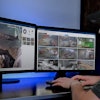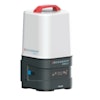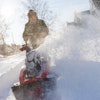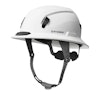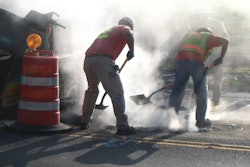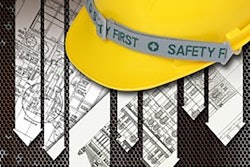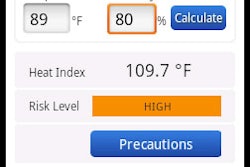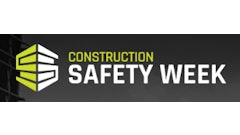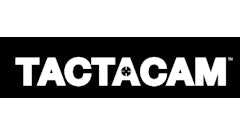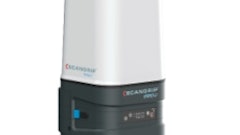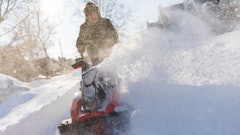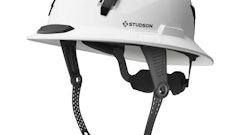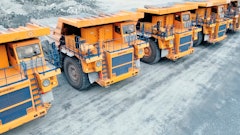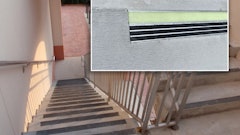After a harsh winter in many parts of the country, construction companies and their workers are now facing the opposite extreme. Already, many states are experiencing what safety consultant John Meola, CSP, ARM, calls “flat-iron” level heat. Here are his tips for keeping your cool this summer:
- Water, water, everywhere. Plan to make water easy to reach and keep it at a cool, drinkable temperature. Provide electrolyte replacement beverages. Avoid soda pop and energy drinks.
- Stay in good physical shape. Extra saddlebags mean more work and more sweat. Hit the gym or walk the oval a few times after dusk to work it off. Cut down on tobacco.
- Eat right. Avoid high-fat, greasy fast food. Try to eat a lighter meal during hottest time of the day. Half a sandwich, a bag of chips, unsweetened iced tea with a lot of lemon and an apple are the mid-range to aim for. Skip the fries.
- Be aware of the ‘post lunch dip’ effect of drowsiness. Circadian rhythms govern our sleep/wake cycle and this after-lunch interval is a tough one. You can minimize the fatigue by easing up on the mid-day meal.
- Get your sleep. REM sleep is harder to achieve in hot weather. Try to keep sleeping rooms cool. Use low-speed ceiling fans for air entrainment.
- Timing is everything. Whenever possible, plan the job to avoid direct sun or move up the start time. If working in direct sun can't be avoided, schedule frequent rest breaks in a shaded area. The outdoor tool industry sells a variety of shade umbrellas and portable coverings, if needed.
- Dress to stay cool. Engineered fabric athletic and recreational garments can reduce the heat load on the body. They offer trans-evaporative cooling, UV and insect protection. They are a little pricey but, depending on your location, it might be worth trying these out.
- Avoid going in and out of air conditioned climates. That’s a body slam each way in terms of adjusting.
- Be alert for signs of heat stress. The order of seriousness is: a) Heat cramps - Usually from poor hydration; take it easy, drink water, put feet up. b) Heat exhaustion – Knock off for the day, go someplace cool, rehydrate, rest. c) Heat stroke – Call 911.
- Plan for heat stress avoidance. Heat stress avoidance steps include maintaining proper hydration, pacing yourself and the crew, avoiding prolonged strenuous exertion, staying covered up in direct sun, etc.
- Cover your head. A wide-brim hard hat is actually pretty good head covering against the sun. Add a nape protector or wrap-around sun visor to maximize protection. Use sun block on any exposed skin.
- Cool it down. The neck and head pretty much govern the heat loading on the body, because a lot of blood flows through these parts. That’s why cooling "bandanas" are so effective. If you can keep the direct sun off the head and neck, it will help a lot. If you can add a cooling element to remove some caloric energy from your circulatory piping, better still.
Triple-digit temps? It might not be pretty, but if you do at least some of the above, you can make it bearable and not injurious to your workers.
